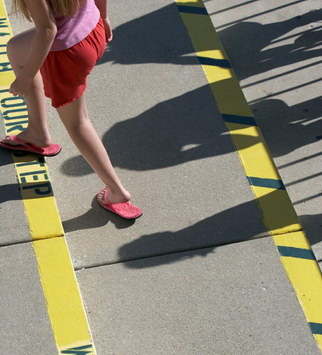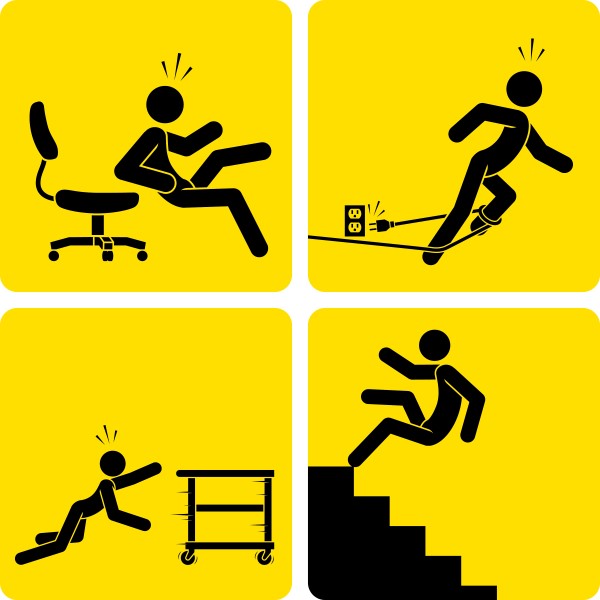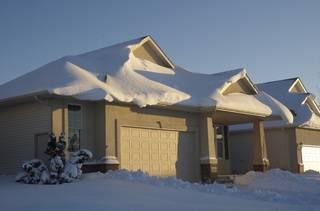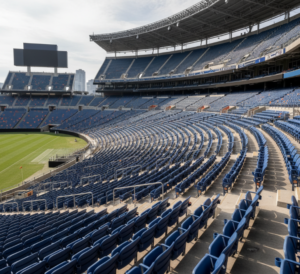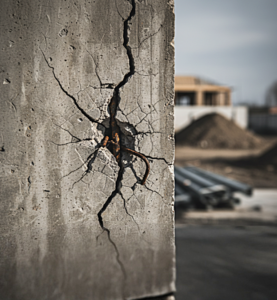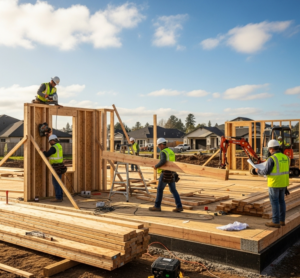CED engineers are often retained as experts on injury producing premise liability accidents representing the plaintiff, defendant or an insurance company. A common assertion is that the surface or other hazard in the vicinity was the cause of the accident. To determine the cause of the accident, CED engineers inspect the accident scene, perform testing when appropriate and research standards and codes to determine causation.
When CED is retained, one of the initial tasks completed by the engineer is to perform a site inspection to document the area with photographs, measurements and testing as needed and/or appropriate. Once the accident scene has been documented by the inspection, the engineer will research codes and standards that apply to a particular case. CED has an extensive library of codes and standards that allow our engineers to research a case from several different angles. The code that was in effect at the time that the structure was first approved and/or modified is the first element in understanding the design requirements for the accident site. The following are a few of the codes that apply to premise liability accidents:
• Building Codes – These can be either International or Building Officials Code Administration (BOCA) codes that set requirements items such as handrails, treads,
risers and other construction details to help engineers determine if the structure or location was constructed in accordance with applicable codes.
• American Disability Act (ADA) Related Codes – Codes such as American National Standards Institute (ANSI) that sets requirements for walking surface levelness in public and commercial spaces.
• National Fire Protection Association (NFPA) – Codes such as, the Life Safety Code (NFPA 101) which discusses designs for exits and discharging of people from spaces.
• American Society for Testing and Materials (ASTM) – Standards for the practice of safe walking surfaces such as wet surfaces, tile, wood and other surface materials.
• Occupational Safety and Hazard Administration (OSHA) – Laws that discuss walking surface requirements and hazards.
CED experts use their advanced training, education and experience to research and document these codes. The engineer can then apply the appropriate codes to the accident in order to render a comprehensive opinion as to causation or contributing factors. This combination of inspection, testing, research and analysis provides both the jury and the client the insight and understanding as to what caused the accident. With a large library of standards and other advanced tools, CED engineers can provide in-depth analysis to accidents from the simple to the complex.
